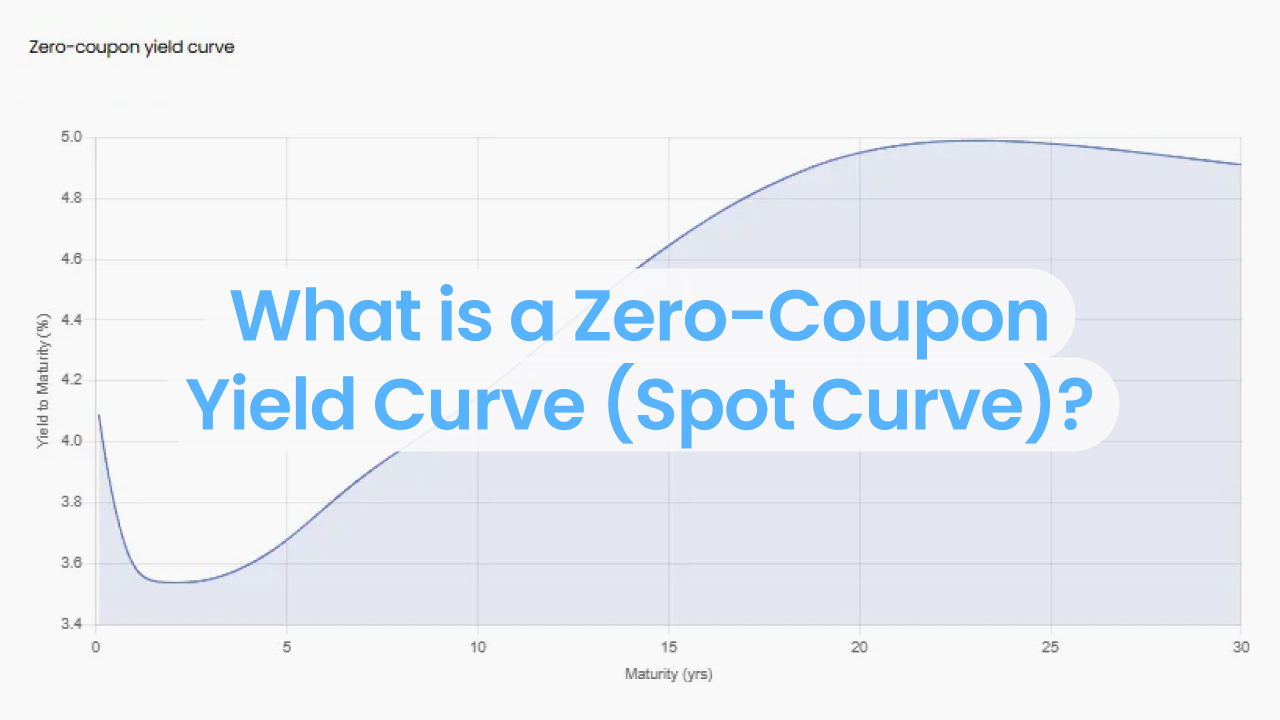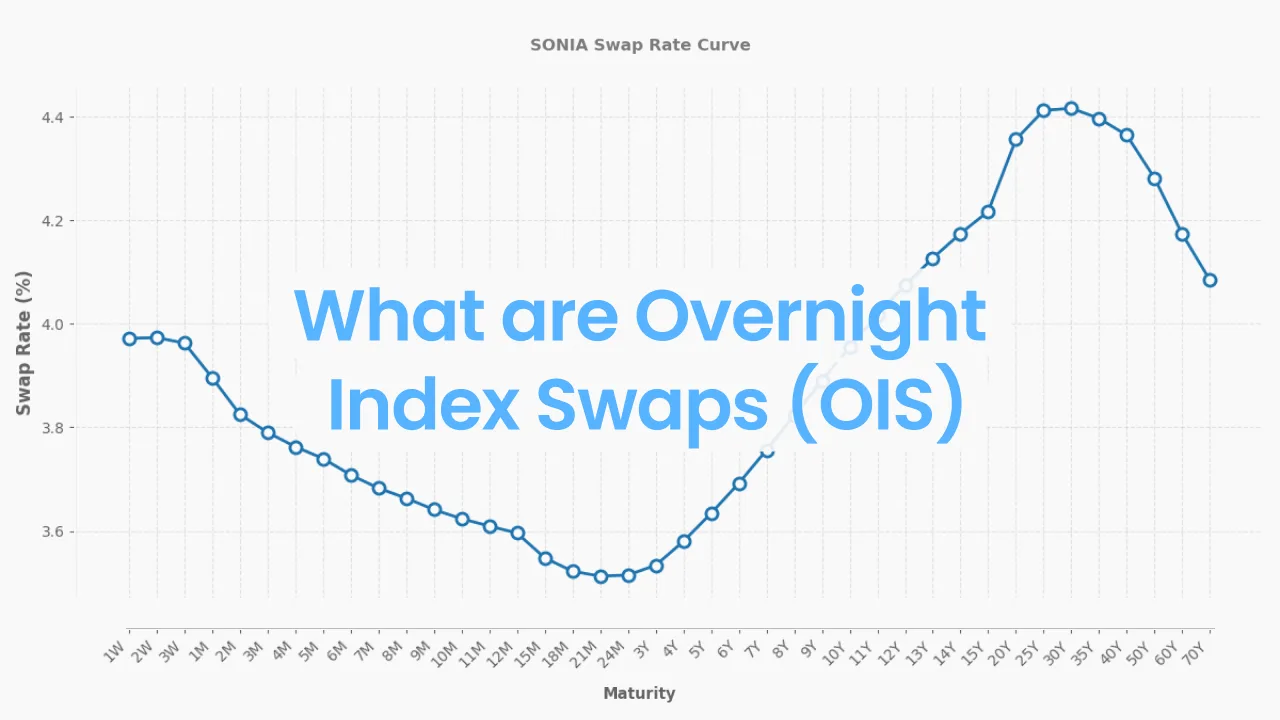What is Euribor?
Euribor, short for Euro Interbank Offered Rate, is a benchmark interest rate that reflects the average rate at which a panel of leading European banks lend unsecured funds to each other. While it is a household name due to variable-rate mortgages, for finance professionals, it serves as the critical reference point for the Eurozone derivatives market and asset liability management.
What is the history of Euribor?
Euribor was first published on December 30, 1998, and became effective on January 4, 1999, coinciding with the launch of the Euro. It replaced several national reference rates, such as PIBOR (France) and FIBOR (Germany), to create a unified benchmark for the Eurozone.
In 2019, Euribor underwent a major reform to comply with the EU Benchmarks Regulation (BMR). The methodology was updated from a purely quote-based approach to a hybrid methodology.
Why is Euribor important and what is it used for?
Euribor is a cornerstone of the European financial system. It serves as a key reference rate for pricing a wide variety of financial products, from mortgages and corporate loans to complex derivatives. Beyond its role in pricing, Euribor acts as a barometer of funding conditions and interbank credit risk in the Eurozone, making it a critical indicator for policymakers, investors, and risk managers.
Euribor in Derivatives and Financial Markets
Euribor is the foundational index for a wide range of euro-denominated derivatives, including:
- Interest Rate Swaps (IRS) — with 3M or 6M Euribor commonly used as the floating leg.
- Forward Rate Agreements (FRAs) — which settle against a future Euribor fixing.
- Interest Rate Futures — such as 3M Euribor futures traded on ICE/Euronext.
- Caps, Floors, and Swaptions — used to hedge or speculate on future Euribor levels.
- Basis Swaps — e.g., Euribor vs. €STR or Euribor 3M vs. Euribor 6M.
These Euribor-linked derivatives—swaps, FRAs, and futures—form the building blocks used to construct the Euribor forward curve, which underpins pricing, hedging, and risk management across the Eurozone financial system.
If you need Euribor data, check out our Euribor API tutorial and Euribor Swap rates and Forward Curve.

What factors influence Euribor rates?
Euribor is mainly influenced by the supply and demand for funds among participating banks. Broader macroeconomic conditions, such as economic growth, inflation, and European Central Bank (ECB) monetary policy, also play a key role.
For example:
- Strong growth → higher credit demand → Euribor tends to rise.
- High inflation → ECB may tighten policy → Euribor tends to rise.
Market expectations of future interest rates influence Euribor indirectly by shaping banks’ lending behaviour in the unsecured interbank market.
At the same time, Euribor incorporates a credit risk premium because it’s based on unsecured lending. If market participants perceive higher risk in the banking sector, the spread between Euribor and risk-free rates widens, pushing Euribor higher.
Also, End-of-quarter, end-of-year, or holidays can create temporary spikes in interbank demand or supply.
Professional Insight: Excess Liquidity and the Policy Floor
Finance professionals should closely monitor the relationship between Euribor and the ECB's policy corridor.
The Main Refinancing Operations (MRO) rate, Deposit Facility Rate (DFR), and Marginal Lending Rate (MLR) set the corridor within which Euribor usually trades.
Theoretically, Euribor should track the Main Refinancing Operations (MRO) rate. However, in an environment of Excess Liquidity (driven by QE/APP portfolios), the interbank market is flooded with cash, it often trades below the MRO.
This pushes Euribor down toward the Deposit Facility Rate (DFR)—the floor of the corridor—rather than the MRO. As the ECB engages in Quantitative Tightening (QT) and drains liquidity, analysts must watch for Euribor to drift upward from the DFR back toward the MRO, fundamentally altering the cost of funding relative to the central bank policy rate.
How is the Euribor rate calculated? (The Hybrid Methodology)
Euribor is determined and published each business day around 11:00 a.m. Central European Time.
While the traditional understanding involves collecting lending quotes and discarding the highest and lowest 15%, professionals must note that the methodology was fundamentally reformed in 2019 to comply with the EU Benchmark Regulation (BMR). Euribor no longer relies solely on estimates; it now uses a "Hybrid Methodology" following a two-level waterfall to ensure representativeness:
- Level 1 (Priority): The calculation is based on actual unsecured lending transactions executed by panel banks.
- Level 2: If there is insufficient transaction volume, the rate is calculated using transaction-interpolated data (e.g. derived from adjacent days) or other robust modelling techniques.
Note: Level 3, which previously relied on expert judgement and modelling techniques, has been discontinued as of October 2024.
What are the different types of Euribor rates?
There are five main Euribor rates, each corresponding to a different maturity period for interbank loans:
- 1 Week Euribor: Reflects the cost of interbank lending over one week.
- 1 Month Euribor: Represents one-month funding risk; widely used in short-term financial instruments.
- 3 Month Euribor: A highly liquid benchmark commonly used in derivatives and loans with quarterly interest payments.
- 6 Month Euribor: Reflects medium-term lending risk and is often used in commercial loans.
- 12 Month Euribor: The longest standard tenor, important for annual rate resets in mortgages and long-term loans.
Note: Unlike in the past, no Euribor tenor—including the 12-month rate—relies on Level 3 expert judgement or modelling. All rates are determined using actual transactions (Level 1) or robust transaction-based interpolation and modelling techniques (Level 2).
Should a longer-term Euribor rate always be higher than a shorter-term one?
Typically, yes, longer maturities carry more risk, so the 1-week rate is usually lower than the 12-month rate. However, this isn’t always true. When markets expect interest rates to decline, the yield curve may invert, resulting in longer-term rates falling below shorter-term ones.
The Liquidity Challenge: Long-Term Modelling
A critical insight for analysts is that the Euro interbank unsecured lending market is relatively illiquid, particularly for longer tenors.
Banks rarely lend to each other unsecured for 6 or 12 months anymore; they prefer secured lending (Repos) or issuing bonds. Consequently, on some days, there may be very few actual transactions for the 6-month or 12-month tenors. Level 2 techniques, including transaction interpolation and related-market adjustments, are used to calculate the rate, making it "stickier" and potentially less volatile than a purely transaction-based index, while maintaining transparency.
Implications for Financial Modelling (€STR vs. Euribor)
This distinction is vital when constructing a forward curve that stretches decades into the future (e.g., for pricing 30-year swaps or long-term project finance):
The Case for €STR: Most professionals now prefer €STR (Euro Short-Term Rate) for constructing the "Risk-Free" discount curve, and it is the officially recommended Risk-Free Rate (RFR) for the Eurozone. €STR is based purely on overnight transactions with significant volume, making it robust and transparent. Since the transition to OIS discounting, €STR is the standard for discounting cash flows over long horizons.
The Euribor Risk: Projecting Euribor decades out involves projecting bank credit risk. Because Euribor contains a credit premium (unlike €STR), a 30-year Euribor curve inherently assumes a certain level of banking sector stability. If you are modelling "pure" time value of money, €STR is the superior benchmark. Some newer contracts use the forward-looking Term €STR.
The "Fear Gauge": The Euribor-OIS Spread
Beyond the absolute rate, professionals analyse the spread between Euribor and the Risk-Free Rate (€STR/OIS).
- The Insight: Euribor contains a bank credit risk premium; €STR does not.
- Why it matters: In normal markets, this spread is tight. In times of banking stress (e.g., the 2008 crisis or the 2011 Sovereign Debt Crisis), this spread widens aggressively as banks become wary of lending to one another. It acts as the primary barometer for systemic liquidity stress in the Eurozone.
What is the difference between Euribor and LIBOR?
While both were interbank offered rates, there are important distinctions:
- Euribor applies to the Eurozone and is quoted exclusively in euros.
- LIBOR (London Interbank Offered Rate) was a global benchmark covering five major currencies and based in London.
LIBOR has now been phased out due to manipulation scandals and reliability issues. Its final publication occurred in mid-2023. Global markets have transitioned to Risk-Free Rates (RFRs), such as SOFR (USD), SONIA (GBP), and €STR (Euro).
While LIBOR has been discontinued, Euribor remains hugely popular, as it has been successfully reformed to meet current EU regulatory standards.
Risk Management Note: ISDA Fallbacks
Even though Euribor remains valid, risk managers must understand the ISDA Fallback Protocol. If Euribor is ever deemed "non-representative," contracts automatically convert to €STR compounded in arrears plus a spread adjustment.
Although there is a mismatch, due to Euribor being forward-looking (payment known at the start). The fallback is backward-looking (payment known at the end). This creates a cash-flow visibility issue that treasurers must account for in their hedging documentation.




.png)